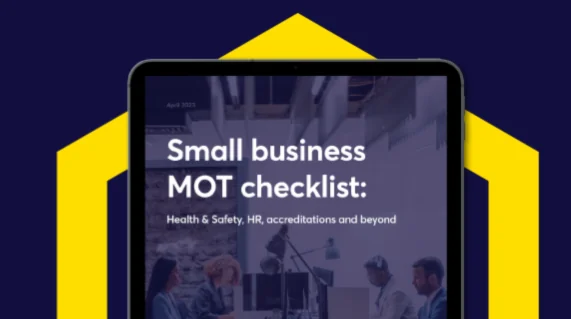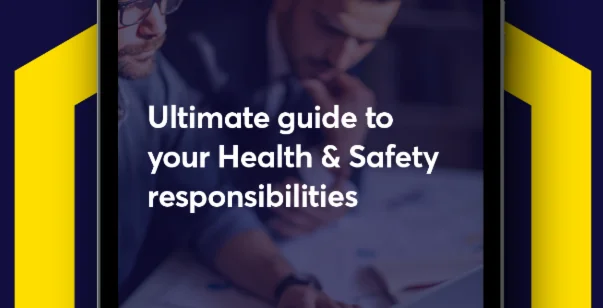Risk Assessment Checklist
As we all know, risk assessments are a legal necessity and if you employ five or more people, they must be documented. So, how do you make sure yours are done correctly to pass a Health & Safety inspection and keep everyone on your premises safe? It’s easy – just download our Risk Assessment checklist and follow our five, simple steps.
- Identify hazards
- Assess who’s at risk
- Evaluate the risk
- Record your findings
- Review, review, review
Our team of experts can also provide you with their specialist advice based on the latest government guidelines to help you keep your people safe and your business on the right side of the law. Simply give us a call on 0114 244 4461 and our team will be happy to discuss your business needs.
Simply fill out your details in the form opposite to get this free Risk Assessment Checklist delivered to your inbox!





